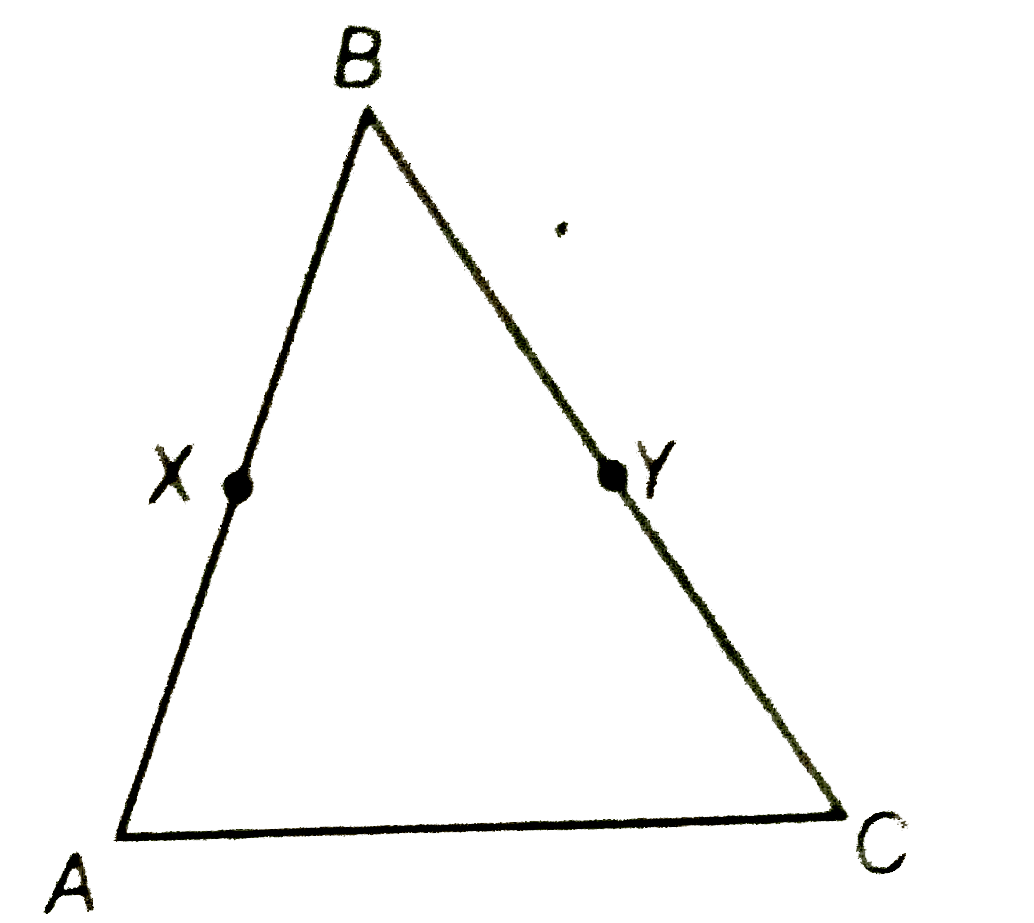Complete Solutions to Solved Examples of chapter INTRODUCTION TO EUCLID'S GEOMETRY of Class 9 book with complete answers and questions
| Class 9 | MATHS |
| Chapter | INTRODUCTION TO EUCLID'S GEOMETRY |
| RS AGGARWAL | Solved Examples |
| Number Of Questions | 9 |
| Academic Year | 2023-24 |
If A,B and C are three points on a line and B lies between A and C (as shown in the given figure), then prove that AB+ BC= AC
01:37View SolutionIf a point C lies between two points A and B such that AC =BC then prove that AC=`1/2` AB
01:48View SolutionSolve the equation x-5 =15
01:05View SolutionProve that an equilateral triangle can be constracted on any given line segment
05:31View SolutionIn the given figure C is the midpoint of AB,D is the midpoint of XY and AC=XD Using an Euclid 's axiom prove that AB =XY
02:57View SolutionIn the given figure a `triangleABC` is given in which AB=BC and BX =BY show that AX =CY
 02:06View Solution
02:06View SolutionIn the given figure we have `angle1=angle3 and angle2=angle4` show that `angleA=angleC`
01:52View SolutionIn the given figure we have `angle1=angle3,angle2=angle4 and angle3=angle4` prove that `angle1= angle2`
01:49View SolutionWrite which of the following statement are true and which are false
(i) A simple closed figure made up of three or more line segments is called a polygon
(ii) Part of a line with two end points is called a line segment
(iii) In geometry we take a point a line and plane as undefined terms
(iv) Euclid fourth axiom says that everything equals itself
(v) The Euclidean geometry is valid only for figure in the plane
(vi) A figure formed by two rays with a common initial point is called an angle02:51View Solution
Solved Examples questions and complete solutions for chapter INTRODUCTION TO EUCLID'S GEOMETRY of RS AGGARWAL MATHS (HINGLISH) of Class 9
